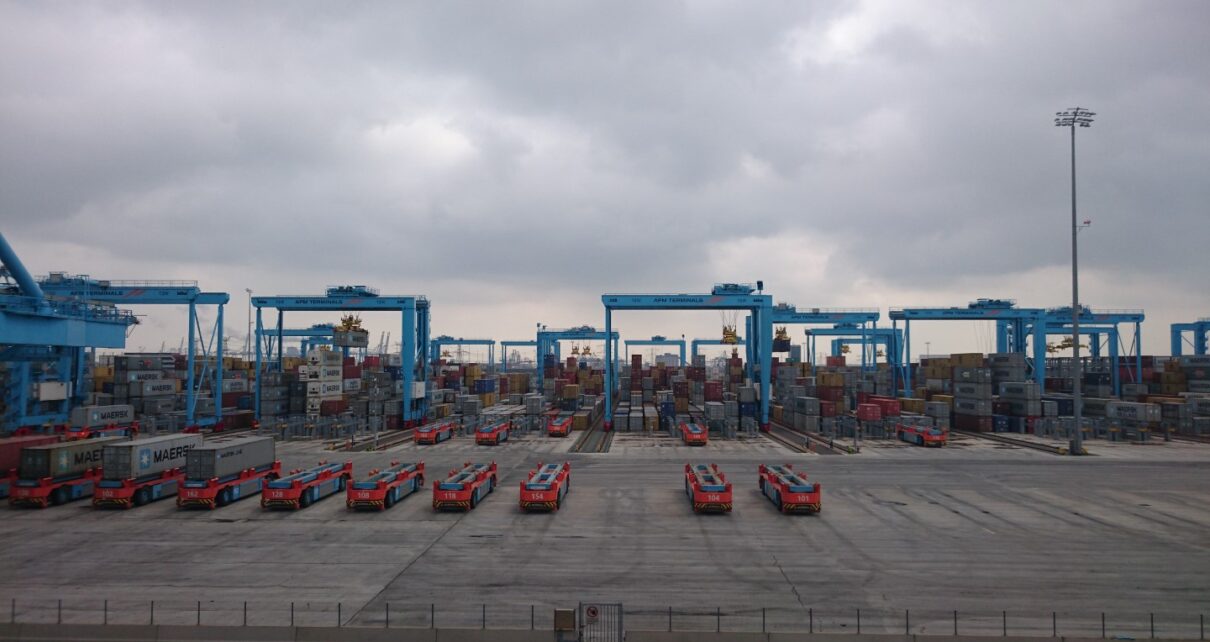If you are a first-time importer or want to learn more about the process of importing goods by sea, this blog post is for you. Importing goods by sea is a complex and time-consuming process that involves many steps and stakeholders. Here are some of the main steps that you need to follow to import goods by sea successfully.
Guide to Importing goods by Sea
1. Find a reliable exporter
The first step is to find a trustworthy exporter who can supply you with the goods that you want to import. You can use online platforms, trade fairs, business directories, or referrals to find potential exporters. You should also do some background checks on the exporter’s reputation, quality, price, delivery time, and payment terms.
2. Negotiate the contract and terms of trade
Once you have selected an exporter, you need to negotiate the contract and terms of trade with them. The contract should specify the details of the goods, such as quantity, quality, specifications, packaging, and labeling. The terms of trade should define the responsibilities and obligations of both parties, such as who pays for the freight, insurance, customs duties, and taxes. You should also agree on the payment method and currency.
3. Arrange for the shipment
After signing the contract, you need to arrange for the shipment of the goods. You can either book the shipment yourself or ask the exporter to do it for you. You should choose a suitable mode of transportation (FCL or LCL), a reliable shipping company, and a convenient port of loading and port of discharge. You should also confirm the shipping schedule, transit time, and shipping costs.
4. Obtain the necessary documents
Before the goods are shipped, you need to obtain the necessary documents from the exporter or the shipping company. These documents include:
– Commercial invoice: A document that shows the value and description of the goods.
– Packing list: A document that shows the weight, volume, and contents of each package.
– Bill of lading: A document that serves as a receipt and evidence of ownership of the goods.
– Certificate of origin: A document that shows where the goods were produced or manufactured.
– Certificate of inspection: A document that shows that the goods have been inspected and meet the quality standards.
– Certificate of insurance: A document that shows that the goods are covered by insurance in case of loss or damage.
5. Prepare for customs clearance
Before the goods arrive at your port of discharge, you need to prepare for customs clearance. You need to register as an importer with your local customs authority and obtain an import license if required. You also need to submit your customs declaration online or through a customs broker. You need to provide your documents and pay any applicable customs duties, taxes, and fees.
6. Receive and inspect the goods
After clearing customs, you need to receive and inspect the goods at your port of discharge. You should check if the goods match your order and contract, if they are in good condition, and if they have any defects or damages. You should also verify if all the packages are accounted for and if there are any missing or excess goods.
7. Resolve any issues or disputes
If you encounter any issues or disputes with your exporter or shipping company, you should try to resolve them as soon as possible. You should communicate with them clearly and politely, provide evidence and documentation, and seek legal advice if necessary. You should also claim any compensation or refund if you are entitled to it.
8. Store or distribute the goods
The final step is to store or distribute the goods according to your business needs. You should ensure that you have adequate storage space, facilities, and equipment to handle your goods safely and efficiently. You should also plan your inventory management, logistics, and marketing strategies to sell your goods to your customers.



